Our brains make up about 2% of our body weight, but they use 20% of our oxygen. Mental effort is expensive, so our brains only work when something is important, and it believes it has a high probability of success. As a result, a preview is incredibly important if we want our students to pay attention. Let’s explore what does preview mean in the classroom.

Using the Curiosity of the Human Brain to Teach
Luckily, our brains are naturally curious. As teachers, we can exploit this curiosity to convince our students to put in the mental effort needed to learn. A well-planned preview will show students why a topic is important or exciting and give them a roadmap to success. For example, playing students a short video on electromagnetic radiation from the sun will pique their interest. Giving them a corresponding vocabulary list will provide the tools they will need to understand the topic. Once students know what they will learn and why, they will be more willing to put in the mental effort required.
What Does Preview Mean in the Classroom
Not only do previews mentally prepare us to learn, but they also activate our existing background knowledge and make it easier to create new neural connections.
We all have background knowledge on various topics, but students don’t always know how to apply what they know to what they are learning. A thoughtful preview starts with an idea your students are familiar with and extends it to new information. For example, you could start by having students drop a rock and a feather simultaneously when teaching gravity and friction. Then, use a vacuum tube to show dropping the same rock and feather without air resistance. (If you don’t have a vacuum tube handy, you can use a video.) Your students will connect what they already know – a feather falls slower than a rock, with what they will learn – why a feather falls slower than a rock.

Previewing also allows students to make predictions about what they will learn. Our brains love making predictions; they do it all the time. When we pay attention to our predictions, we can use them as bridges between our background knowledge and new information.
Previewing is just one example of how we can use what we know about how the brain learns to help our students learn more without working harder. In fact, when we teach the way brains learn, learning feels more enjoyable for everyone.
Suggested Previewing Activities
- Show a video.
- Tell a story.
- Do a class activity.
- Brainstorm a list of words related to a given topic.
- Give a pre-test.
- Share a picture.
- Ask a question.
- Play a song.
- Have a “mystery guest” and play 20 questions.
- Create a mind map around the new topic.

No matter which preview activity you choose, make sure your students know the purpose is to introduce a new topic so that it is easier for them to learn something new. Explaining the brain science behind previewing will show your students why it is essential and take away the stress of feeling uncomfortable with things they don’t know yet.
ARE YOU TEACHING SCIENCE?
I am working on creating more science units so that every science teacher can get exactly what he or she needs for her students. You can also read about how I use brain science to teach other science topics on my blog. Click the pictures below to learn more.


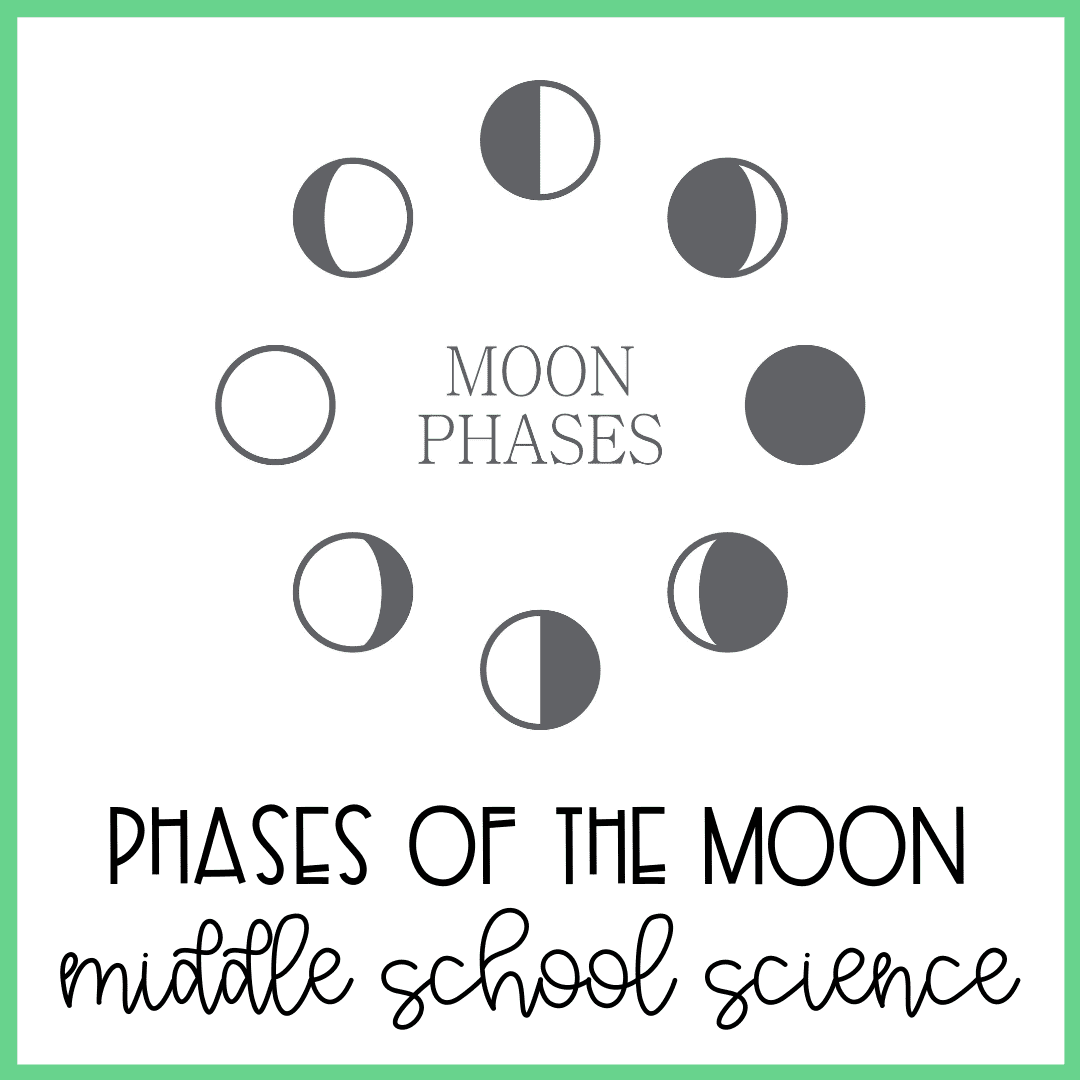

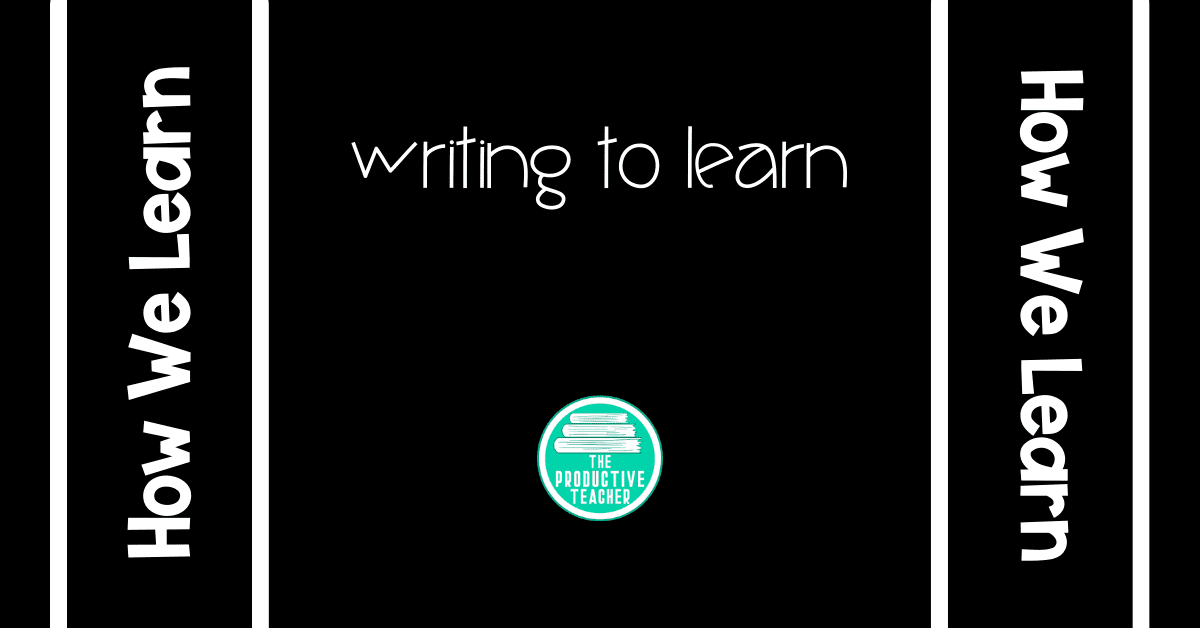
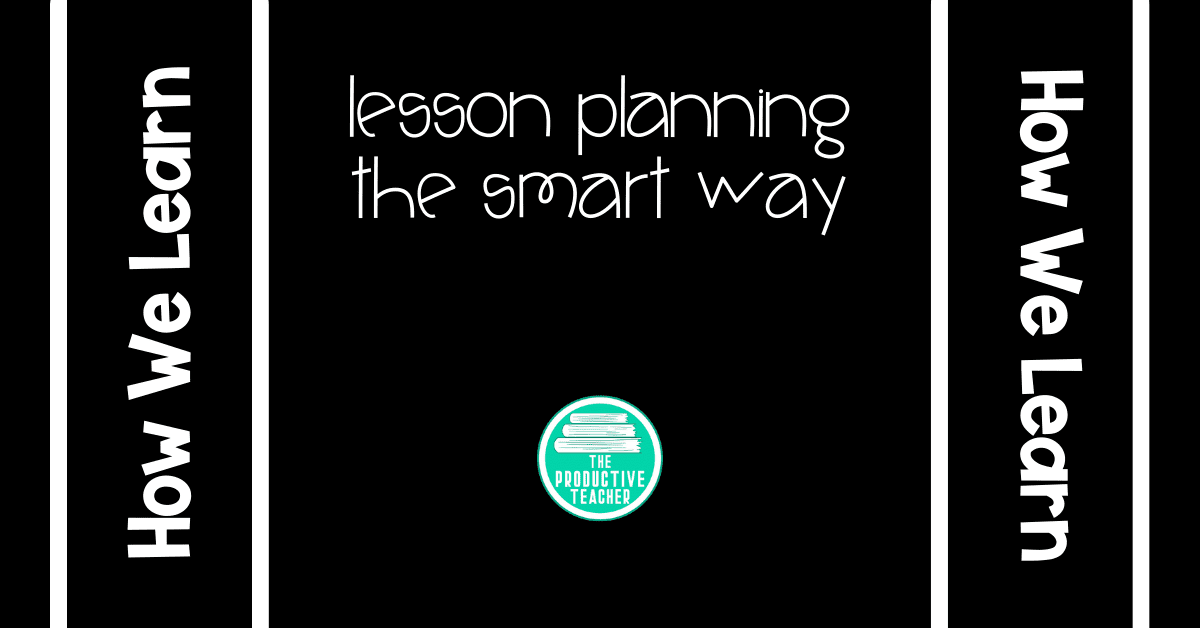
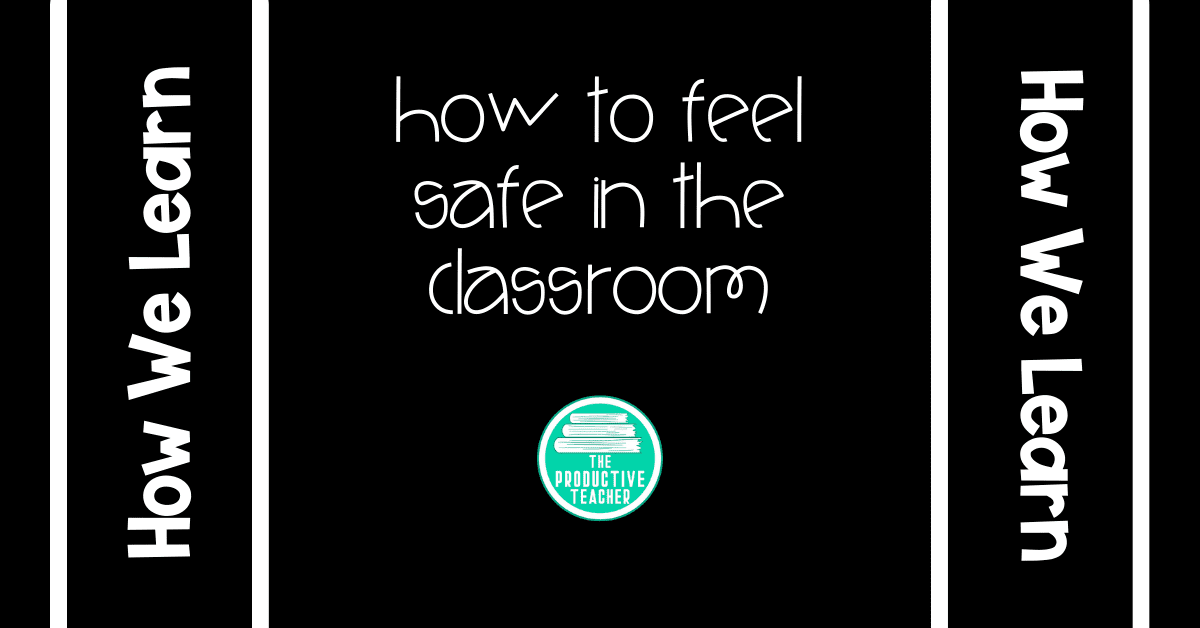
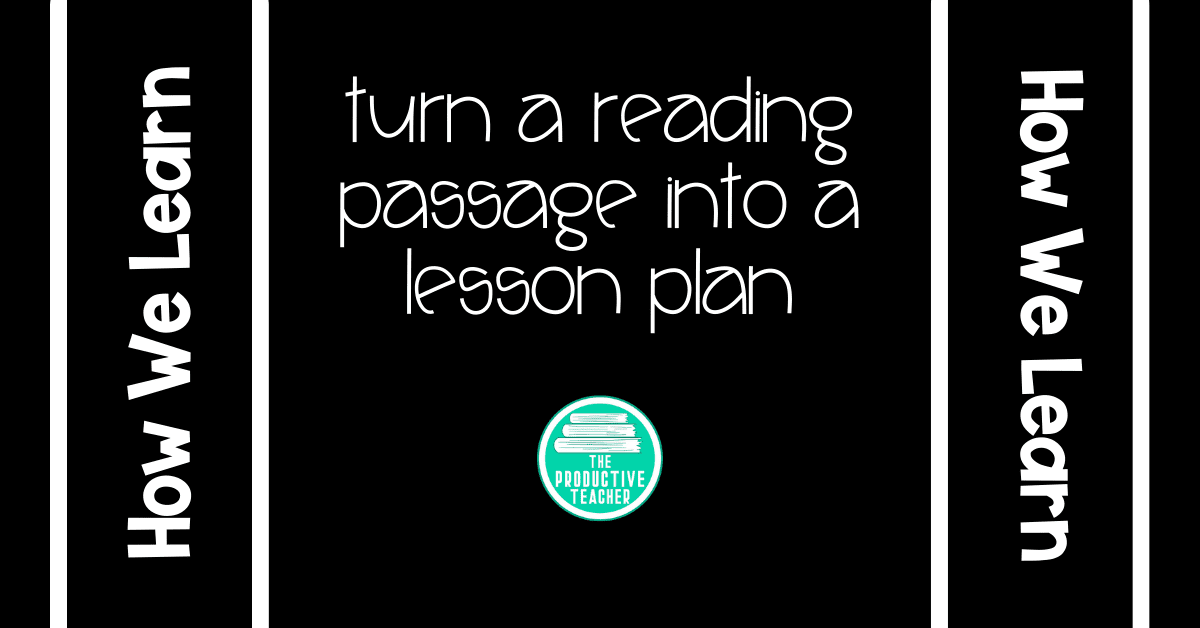
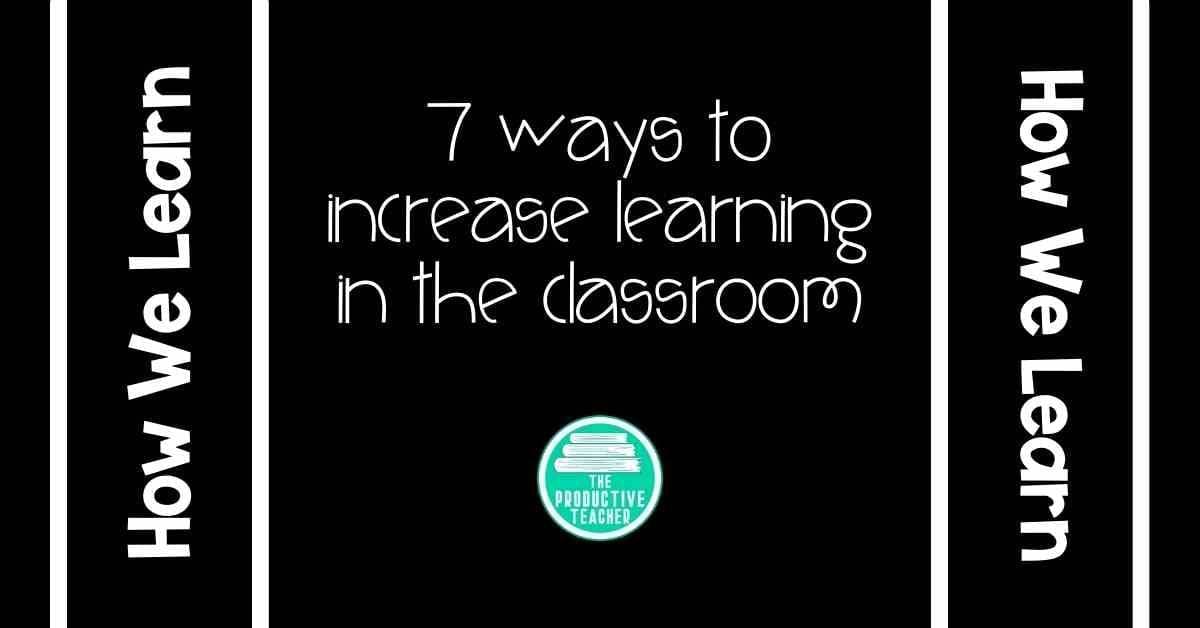
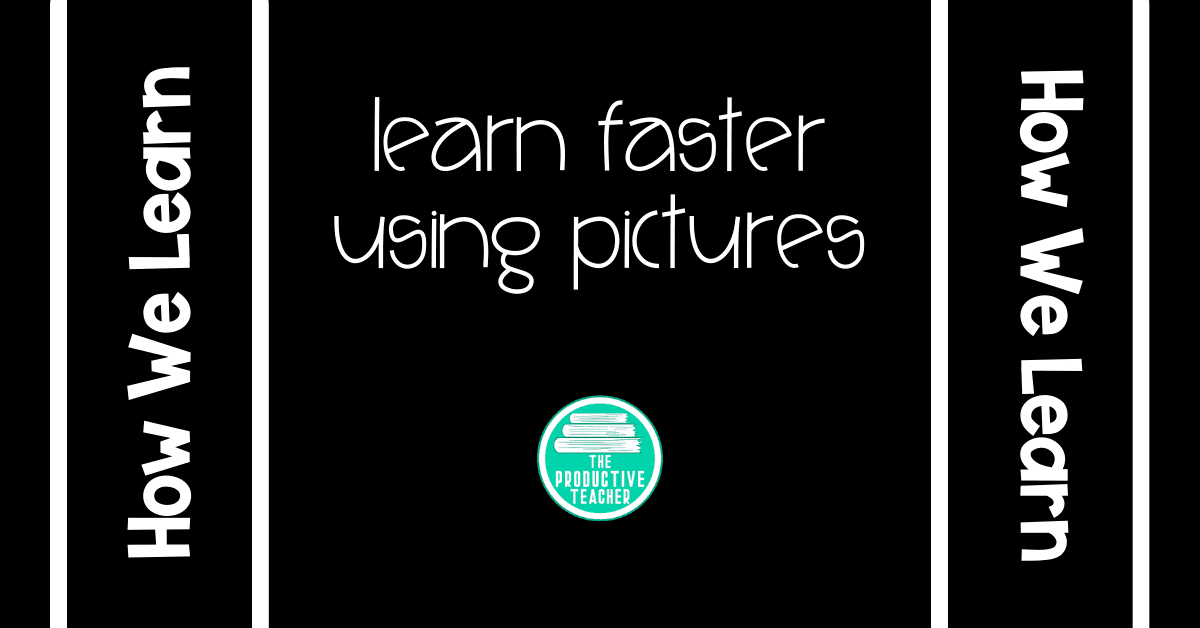
Leave a Reply